I use an instrumentation amplifier to amplify low voltage signals from a sensor. The max. amplified output voltage is 3V. Im using this ADC: http://ww1.microchip.com/downloads/en/DeviceDoc/22088c.pdf. It has 4 channels that are multiplexed. Every 5 seconds all 4 channels should be sampled with 18bit mode (3.75 SPS). The internal sampling capacitor of the ADC is 3.2pF. I have put a RC low-pass filter like you can see in the following schematic in front of every ADC input channel. I realized that there is a significant voltage drop accross the 100kOhm resistor expecially (about 60mV drop for a 1.5V amplifier output voltage). Now my question is, why is that? What values from the datasheet of the amplifier do i need and how can i calculate what is happening here? Do I need to take the leakage current to compute an average current? As this is a delta sigma ADC, im not sure what frequency I need to take to make calculations. I hope you can point me into the right direction. I also want to use C2 as a resevoir for the sampling capacitor because im multiplexing between multiple channels and I do not want to offset the current measurement with some voltage of a previously sampled channel. Hints, specifications and formulas I need for this to calculate would really help a lot! Thank you very much.

simulate this circuit – Schematic created using CircuitLab